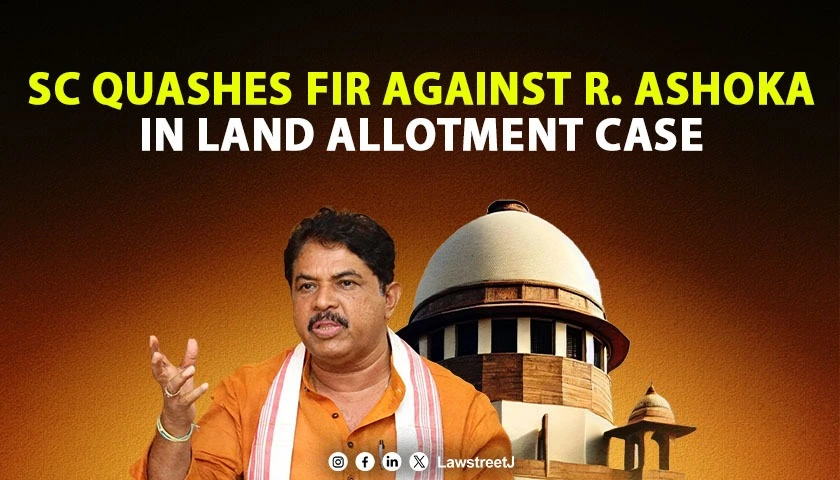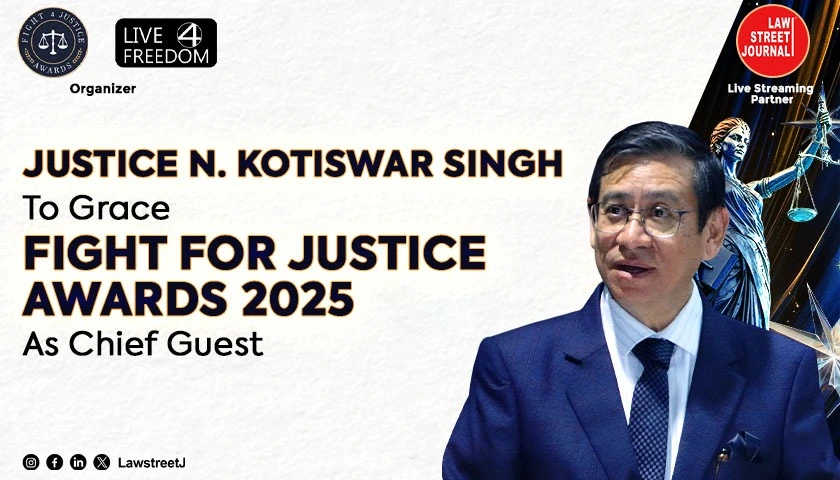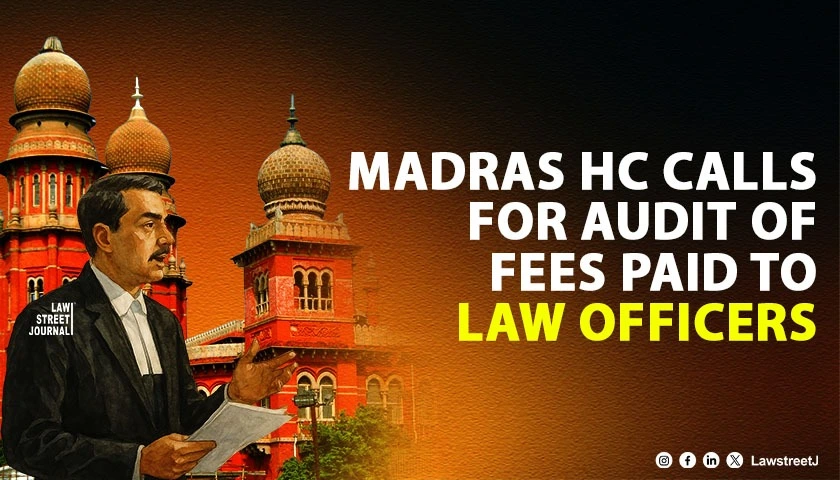In light of the recent anti-CAA protest carried out in Hyderabad, where the Ashok Chakra of the Indian National Flag was replaced by an Islamic shahada La Ilaha Illallah, meaning there is no other God than Allah which was openly displayed to mock the Indian national flag and the Constitution of India, lets have a look at the Dos and Donts with respect to the Indian National Flag as laid down under Flag Code of India, 2002, Emblems and Names (Prevention of Improper Use) Act, 1950 and Prevention of Insults to National Honour Act, 1971.
Dos of the National Flag:
- A flag shall consist of three colours which are Saffron (Kesari), White and Green. These three colours should be arranged in three different panels. Each panel shall be in a rectangular shape, each with equal dimensions. On the top, a Saffron (Kesari) colour panel shall be placed. Below it, a white colour panel shall be placed and in the middle of the white panel an Ashok Chakra, with 24 spikes and of navy-blue colour, shall be placed. Below the white coloured panel, Green colour shall be placed. [Para 1.1 of the Flag Code of India, 2002 (hereinafter referred to as FCI)]
- The National Flag of India shall be made of hand spun and hand-woven wool/cotton/silk or khadi bunting. (Para 1.2 of FCI)
- The National Flag shall be rectangular in shape. The ratio of the length to the height (width) of the Flag shall be 3:2. (Para 1.3 of FCI)
- National Flag can be displayed by any member of the general public, private organizations, educational institutions, etc.
- When the Flag is displayed on a speakers platform, it should be flown on the speakers right as he faces the audience or flat against the wall, above and behind the speaker.
- When the Flag is displayed flat and horizontal on a wall, the saffron band should be upper most and when displayed vertically, the saffron band shall be on the right with reference to the Flag (i.e. left to the person facing the Flag).
- The Flag made of paper may be waived by public on occasions of important national, cultural and sports events. However, such paper Flags should not be discarded or thrown on the ground after the event. As far as possible, it should be disposed of in private, consistent with the dignity of the Flag.
- Where the Flag is displayed in open, it should, as far as possible, be flown from sunrise to sunset, irrespective of weather conditions.
- When the Flag is carried in a procession or a parade, it shall be either on the marching right, i.e. the Flags own right, or if there is a line of other flags, in front of the centre of the line. (Sec III Para 3.13 of FCI)
- When the Flag is displayed alone on a motor car, it shall be flown from a staff, which should be affixed firmly either on the middle front of the bonnet or to the front right side of the car. (Sec III Para 3.12 of FCI)
- When a foreign dignitary travels in a car provided by the Government, the National Flag will be flown on the right side of the car and the Flag of the foreign countries will be flown on the left side of the car. (Sec. IX para. 3.46 of FCI)
Donts of the National Flag:
- As per Section 3 of Emblems and Names (Prevention of Improper Use) Act, 1950, No one can use national flag, or continue to use, for the purpose of any trade, business, calling or profession, or in the title of any patent, or in any trade mark of design, until prescribe by the central government or authorized officer, subject to Section VIII of FCI.
- Flag shall not be dipped in salute to any person or thing.
- No person shall burn, mutilate, deface, defile, disfigure, destroy, trample upon or otherwise show disrespect to or bring into contempt (whether by words, either spoken or written, or by acts) the Indian National Flag, as per Section 2 of Prevention of Insults to National Honour Act, 1971 (PINHA)
- Do not fly the Indian National Flag at half-mast except on occasions on which the Flag is flown at half-mast on public buildings in accordance with the instructions issued by the Government. [PINHA Sec. 2(a)]
- Do not use the Indian National Flag as a drapery in any form whatsoever except in state funerals or armed forces or other para-military forces funerals. [PINHA Sec. 2(b)]
- Do not use the Indian National Flag as a portion of costume or uniform of any description or embroidering or printing it on cushions, handkerchiefs, napkins or any dress material. [PINHA Sec. 2(c)]
- Do not put any kind of inscription upon the Indian National Flag. [PINHA Sec. 2(d)]
- Do not use the Indian National Flag as a receptacle for receiving, delivering or carrying anything except flower petals before the Indian National Flag is unfurled as part of celebrations on special occasions including the Republic Day or the Independences Day. [PINHA Sec. 2(e)]
- Do not use the Indian National Flag as covering for a statue or a monument or a speaker's desk or a speaker's platform. [PINHA Sec. 2(f)]
- Do not allow the Indian National Flag to touch the ground or the floor or trail in water intentionally. [PINHA Sec. 2(g)]
- Do not intentionally displaying the Indian National Flag with the "saffron" down. [PINHA Sec. 2(j)]
- The Flag shall not be flown at half-mast except on occasions on which the Flag is flown at half-mast on public buildings in accordance with the instructions issued by the Government as per Sec. XI of FCI.
- The Flag should not be flown from a single masthead simultaneously with any other flag or flags.
- The Flag should not be flown on any vehicle except in accordance with the provisions contained in Section IX of Part III of FCI.
- No other flag or bunting should be placed higher than or above or side by side with the National Flag; nor should any object including flowers or garlands or emblem be placed on or above the Flag-mast from which the Flag is flown, subject to Section VII of FCI
- The Flag should not be displayed or fastened in any manner as may damage it.
Author - Satwik Sharma







